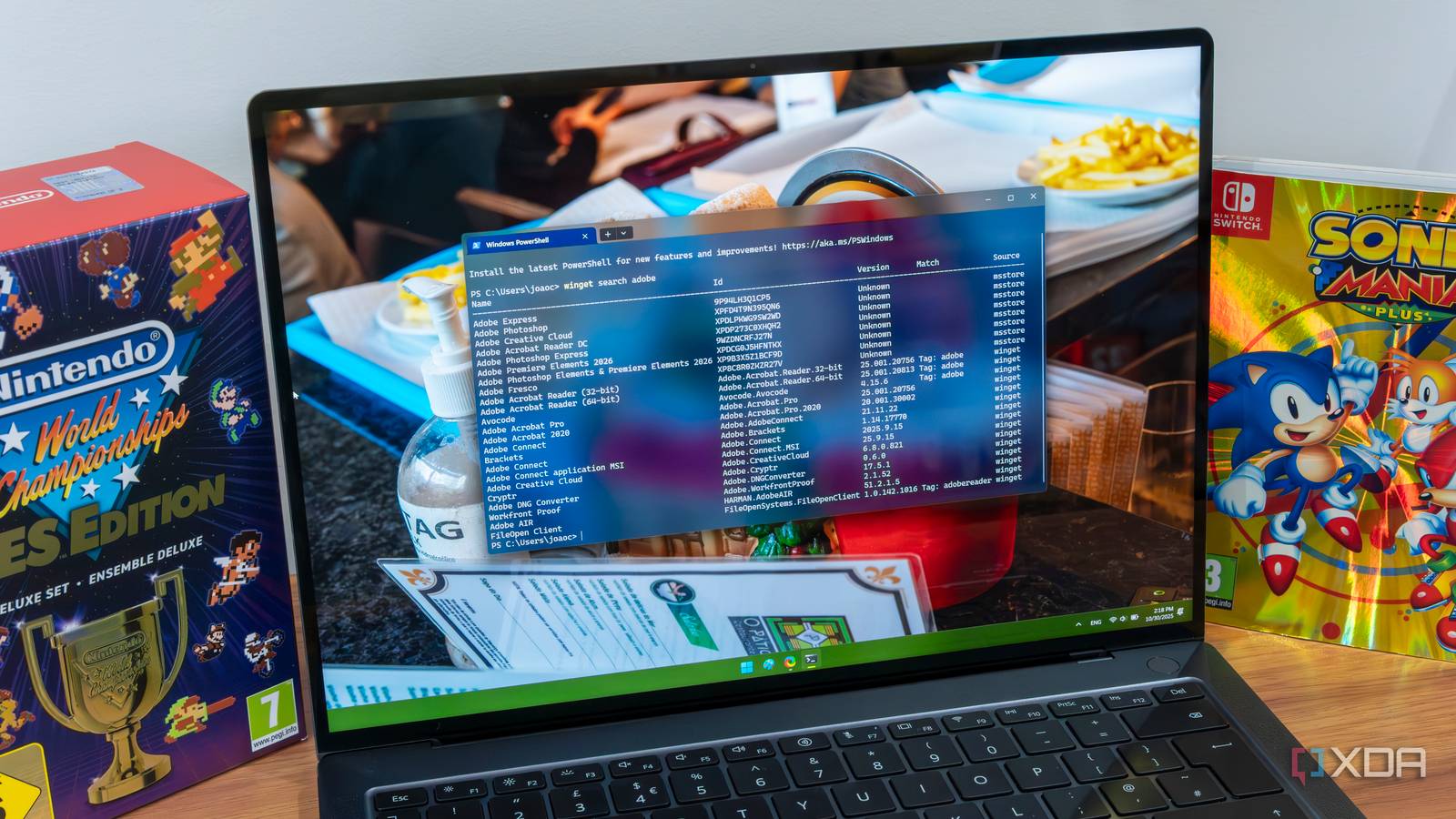In my two decades of experience using Windows computers, I’ve always installed software the usual way. Hop into a web browser, search for the software, download it, and then install it. It’s worked fine for the most part and is probably the…
I finally started using Linux-style package management on Windows, and I should have sooner
